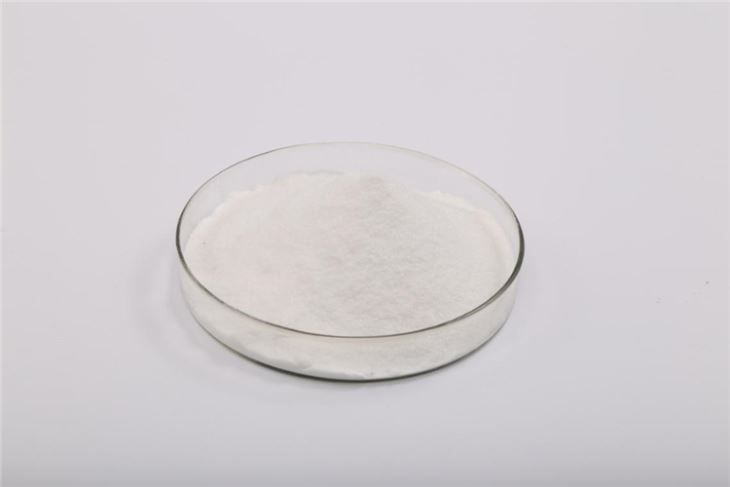1. Food use:
It is used as biochemical reagent, medicine, feed and food additive, nitrogen fertilizer industry as non-toxic decarburization agent, nutritional supplement, mainly used for seasoning and other aspects, and has certain inhibition on the propagation of Bacillus subtilis and Escherichia coli. Antioxidant effect (by its metal chelation) can prolong the shelf life of cream, cheese and margarine by 3-4 times.
2. Medical use:
It is used as medicine for the study of metabolism of amino acids in medical microorganisms and biochemistry; it is used as the raw material for the synthesis of chlortetracycline buffer \ anti Parkinson's disease drug L-dopa \ vitamin B6 \ and amino acids such as threonine; when combined with aspirin, it can reduce the stimulation of stomach; as a nitrogen source for the production of non essential amino acids, it is added to the mixed amino acid injection.
3. Agricultural use:
It is mainly used as an additive and attractant to increase amino acids in feed for poultry, livestock and poultry, especially pets. It can be used as an additive of hydrolyzed protein and synergist of hydrolyzed protein; it can also be used in the synthesis of glycine ethyl hydrochloride, the intermediate of pyrethroid insecticide, and the synthesis of fungicide isobacteriuria and herbicide solid glyphosate.
4. Industrial use:
It is used in pharmaceutical industry, biochemical test and organic synthesis, as raw material of cephalosporin, intermediate of methamphenicol, intermediate of imidazolylacetic acid, etc.
5. Reagent use:
It is used for peptide synthesis, amino acid protection monomer; preparation of tissue culture medium, test of copper, gold and silver; glycine has strong buffer because it is an amphoteric ion with amino and carboxyl groups, so it is often used to prepare buffer.
6.Glycine Physiological Action
In the central nervous system, especially in the spine, glycine is an inhibitory neurotransmitter. If the glycine receptor is activated, chloride ions enter the nerve cells through the ion acceptor resulting in an inhibitory postsynaptic potential. Strychnine is an antagonist of these ion receptors. In the mouse, the LD50 index is 0.96 mg/kg body weight, and the cause of death is hyperexcitability. Glycine is the same agonist as glutamate in the central nervous system. Glycine has long been considered to be the most important inhibitory neurotransmitter other than GABA. Glycine has a wide distribution in the CNS and plays an important role in the transmission of neural signals and in various physiological and pathological reactions.
Studies have shown that glycine enhances the growth and proliferation of small intestinal epithelial cells and anti-oxidative stress in newborn piglets, and promotes intestinal mucosal development in newborn piglets. Meanwhile, the addition of glycine to the diet improves the growth performance of newborn and weaned piglets and promotes Gut development and health.


Post time: Dec-12-2022

